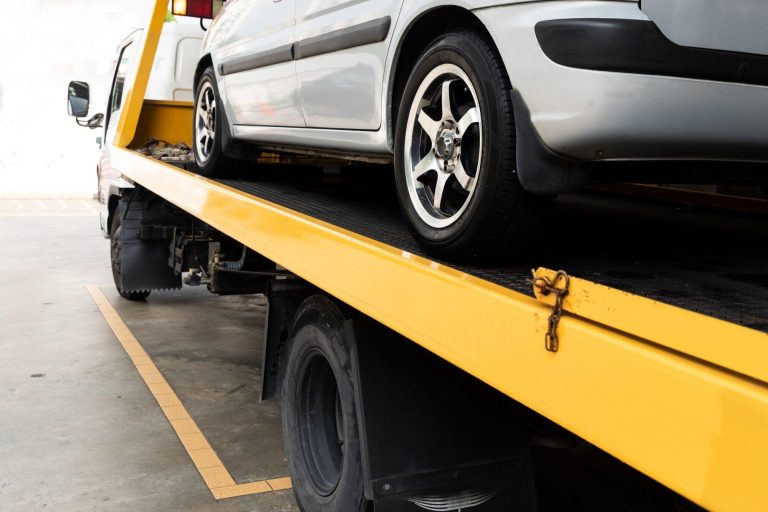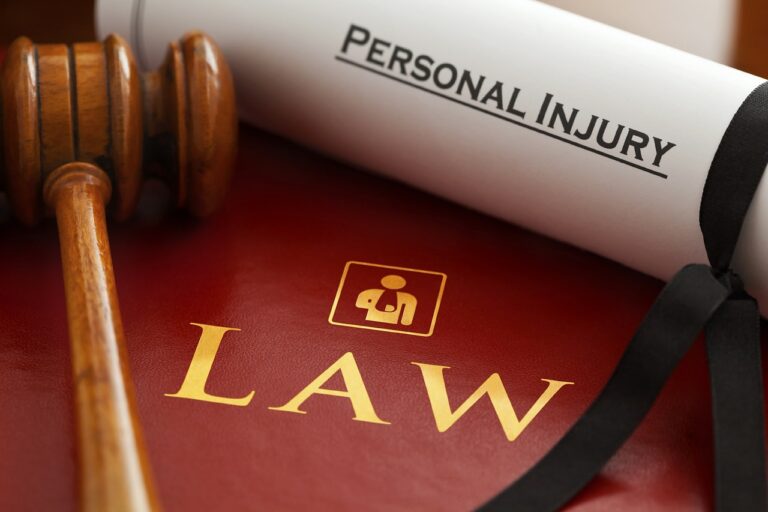Navigating the Aftermath: A Comprehensive Guide to Ambulance Injury Claims
It’s a strange world we live in, folks. You’d think that when you call for an ambulance, you’re in safe hands, right? Unfortunately, that’s not always the case. Accidents can happen, even in the most unexpected places. And when they do, it’s important to know your rights and how to navigate the aftermath – especially when it comes to ambulance injury claims.
So grab a cuppa and let’s dive into this comprehensive guide. We’ll cover everything from the basics to the nitty-gritty, including some helpful tips from an Ambulance Injury Attorney!
When Things Go Wrong: Understanding Ambulance Injuries
First things first, let’s talk about what exactly an ambulance injury is. Simply put, it’s any injury that occurs while a person is being transported in an ambulance. This could be due to an accident involving the ambulance itself, or injuries sustained by the patient as a result of improper care or treatment by paramedics during the transport.
Common Types of Ambulance Injuries
Now that we’ve got that cleared up, let’s take a look at some of the most common types of ambulance injuries:
- Vehicle Accidents: Just like any other vehicle on the road, ambulances can be involved in accidents. This could be due to driver error, poor weather conditions, or other factors.
- Improper Handling: Paramedics are trained professionals, but sometimes they make mistakes. This can lead to patients being dropped, mishandled, or even injured as a result of improper use of medical equipment.
- Medication Errors: Administering the wrong medication or dosage can have serious consequences for a patient, especially if they have allergies or other medical conditions.
- Failure to Monitor: Patients in an ambulance are often in critical condition, and it’s essential that paramedics closely monitor their vital signs. If they fail to do so, the patient’s condition may worsen and lead to further injury.
Did you know that according to the National Highway Traffic Safety Administration, there are an estimated 4,500 ambulance accidents every year in the United States? Yikes!
Navigating the Legal Maze: Ambulance Injury Claims
Alright, so you or someone you know has been injured in an ambulance. What now? Well, it’s time to navigate the legal maze of ambulance injury claims. This can be a complex process, but don’t worry – we’re here to help!
Determining Liability
The first step in any ambulance injury claim is determining who’s responsible for the injury. In most cases, the liable party will be either the ambulance company or the paramedics involved. However, there are some instances where other parties may be held responsible, such as the manufacturer of faulty medical equipment or another driver involved in a vehicle accident with the ambulance.
Filing a Claim
Once liability has been determined, it’s time to file a claim. This typically involves sending a formal letter to the liable party, outlining the details of the accident and the injuries sustained. It’s important to include any relevant documentation, such as medical records, witness statements, and photographs of the scene.
Negotiating a Settlement
In many cases, ambulance injury claims can be resolved through negotiations between the injured party and the liable party. This may involve discussing the extent of the injuries, the cost of medical treatment, and any other factors that could impact the final settlement amount.
But what if negotiations break down? In that case, it may be necessary to take the claim to court. This can be a lengthy and expensive process, so it’s important to weigh the potential benefits against the costs.
Hiring an Attorney
Navigating the legal maze of ambulance injury claims can be overwhelming, which is why it’s often in your best interest to hire an attorney. An experienced Ambulance Injury Attorney can help guide you through the process, ensuring that your rights are protected and that you receive fair compensation for your injuries.
FAQ: Your Burning Questions Answered
We know you’ve got questions, so let’s tackle some of the most common ones when it comes to ambulance injury claims:
- Q: What if I can’t afford an attorney?
A: Don’t worry! Many ambulance injury attorneys work on a contingency fee basis, which means they only get paid if they win your case. This allows you to focus on healing, without worrying about upfront legal costs. - Q: How long do I have to file a claim?
A: The statute of limitations for ambulance injury claims varies by state, but it’s typically around two years from the date of the injury. It’s important to act quickly, as waiting too long could result in your claim being dismissed. - Q: What kind of compensation can I expect?
A: Compensation in ambulance injury claims can include medical expenses, lost wages, pain and suffering, and more. The exact amount will depend on the specifics of your case, so it’s important to consult with an attorney to get an accurate estimate. - Q: What if the ambulance driver was at fault for the accident?
A: If the ambulance driver was at fault, you may be able to file a claim against the ambulance company. They are generally responsible for the actions of their employees, including drivers.
A Quick Recap
So there you have it – a comprehensive guide to navigating the aftermath of an ambulance injury. Remember, it’s important to act quickly, know your rights, and consider hiring an experienced attorney to help you through the process. Stay safe out there, folks, and let’s hope you never need this information!
Remember: Knowledge is power, and a little bit of preparation can go a long way in ensuring that your ambulance injury claim goes as smoothly as possible.






